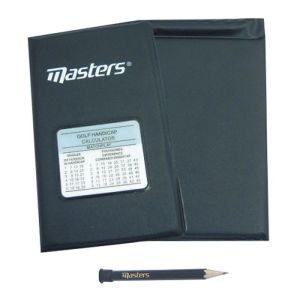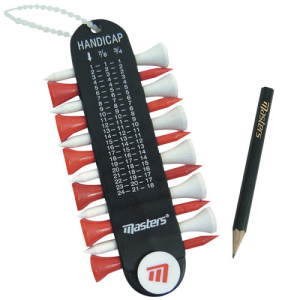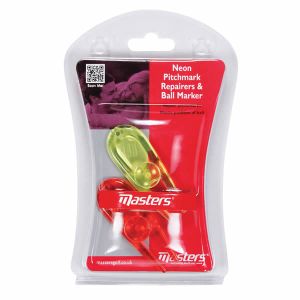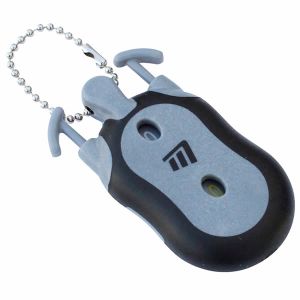We use cookies to make your experience better. To comply with the new e-Privacy directive, we need to ask for your consent to set the cookies. Learn more.
Masters Golf Accessories

Masters Golf Accessories for 2025
Step up your game with Masters Golf Accessories 2025, a premium collection tailored for golfers who value innovation, reliability, and exceptional performance. This versatile range offers everything you need to enhance your golfing experience, no matter your skill level.
Innovative Designs for Every Golfer
Exceptional Quality
Masters Golf Accessories are designed with precision and crafted using top-tier materials to ensure durability and superior performance. Each product is thoughtfully engineered to meet the demands of modern golfers.
Wide Range of Options
From tees and towels to cutting-edge training aids, the Masters 2025 lineup delivers a comprehensive selection of accessories. Whether you’re fine-tuning your game or simply seeking dependable gear, there’s something for everyone.
Reliability and Versatility You Can Trust
Built for Every Condition
Masters Golf Accessories are built to perform in a variety of conditions, giving you dependable tools that withstand the test of time. Invest in accessories that work as hard as you do.
Adaptable for All Skill Levels
Whether you’re a beginner or a seasoned pro, this collection is designed to complement your style of play. Discover accessories that fit your needs and help you achieve your best performance on the course.
Value-Packed Collection for 2025
Enhance Your Golfing Experience
Masters Golf Accessories combine practicality and innovation to help you get the most out of every round. From improving comfort to boosting efficiency, these products offer unmatched value.
Stylish and Functional Choices
Elevate your gear with accessories that blend modern designs with practical features. Masters 2025 options not only look great but also deliver the functionality every golfer needs.
Explore the Masters Golf Accessories Collection Today
Upgrade your game with Masters Golf Accessories for 2025. Designed for excellence and tailored for performance, this collection is a must-have for any golfer’s kit.
Shop now to discover premium accessories that take your game to the next level!








